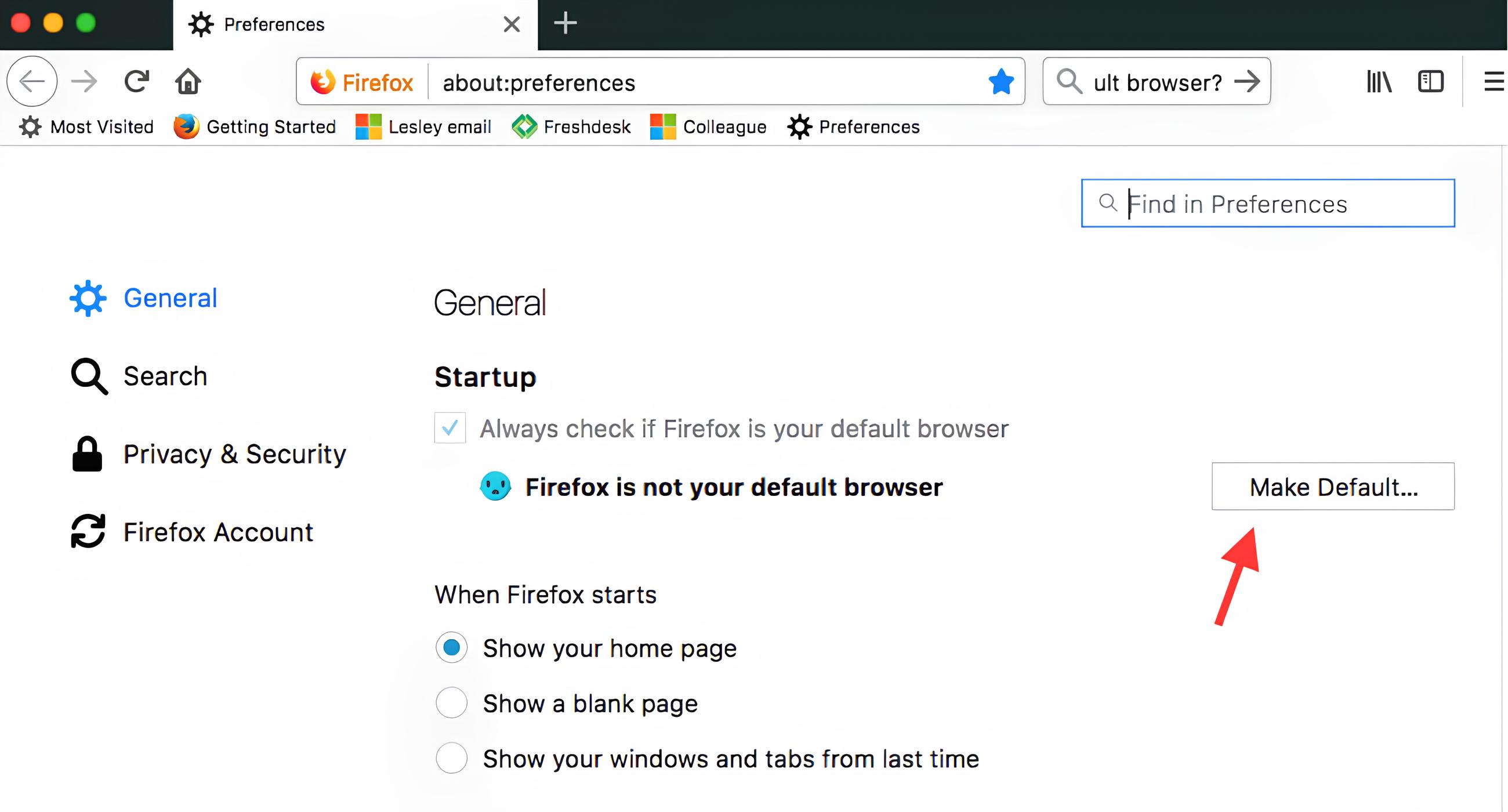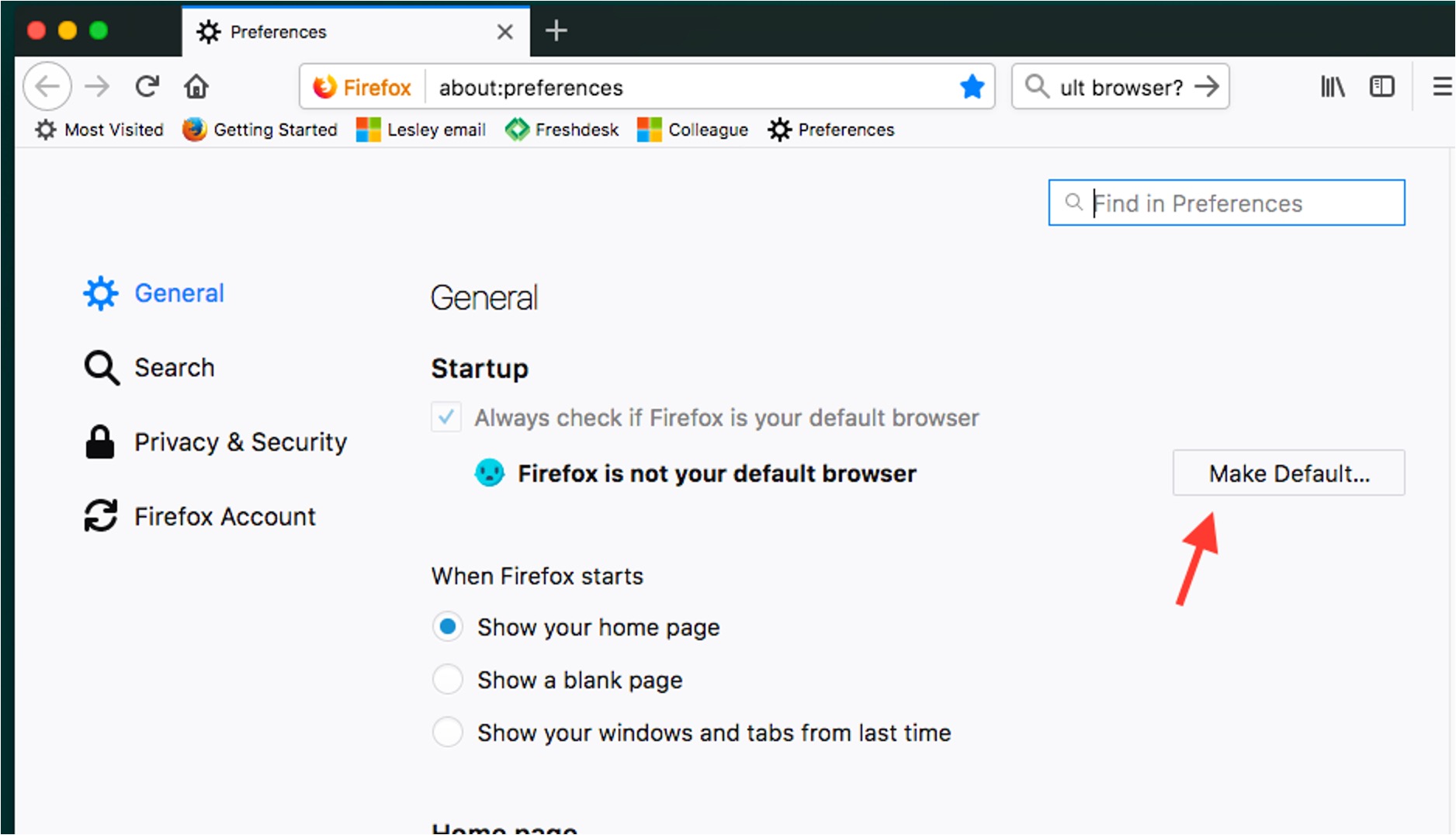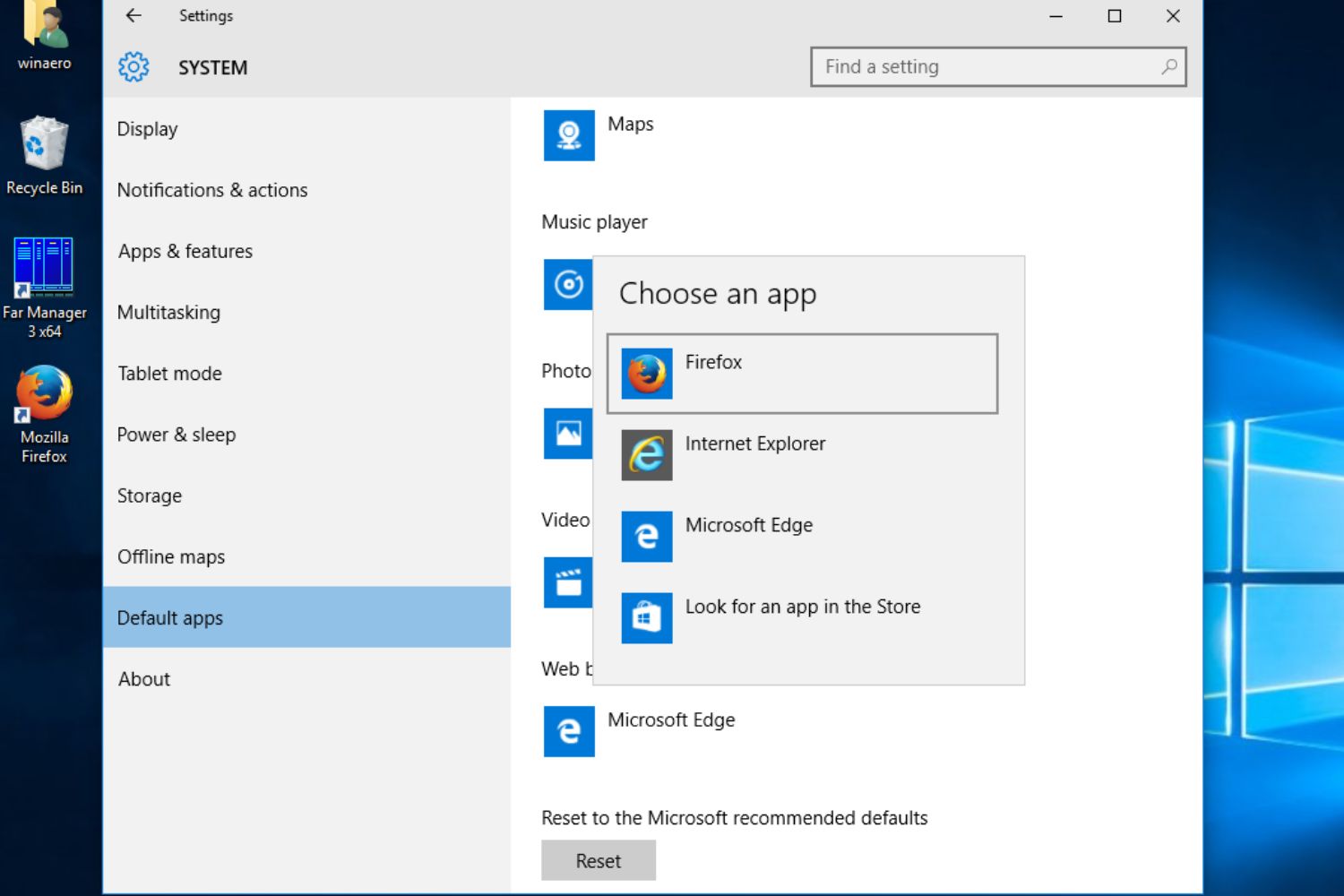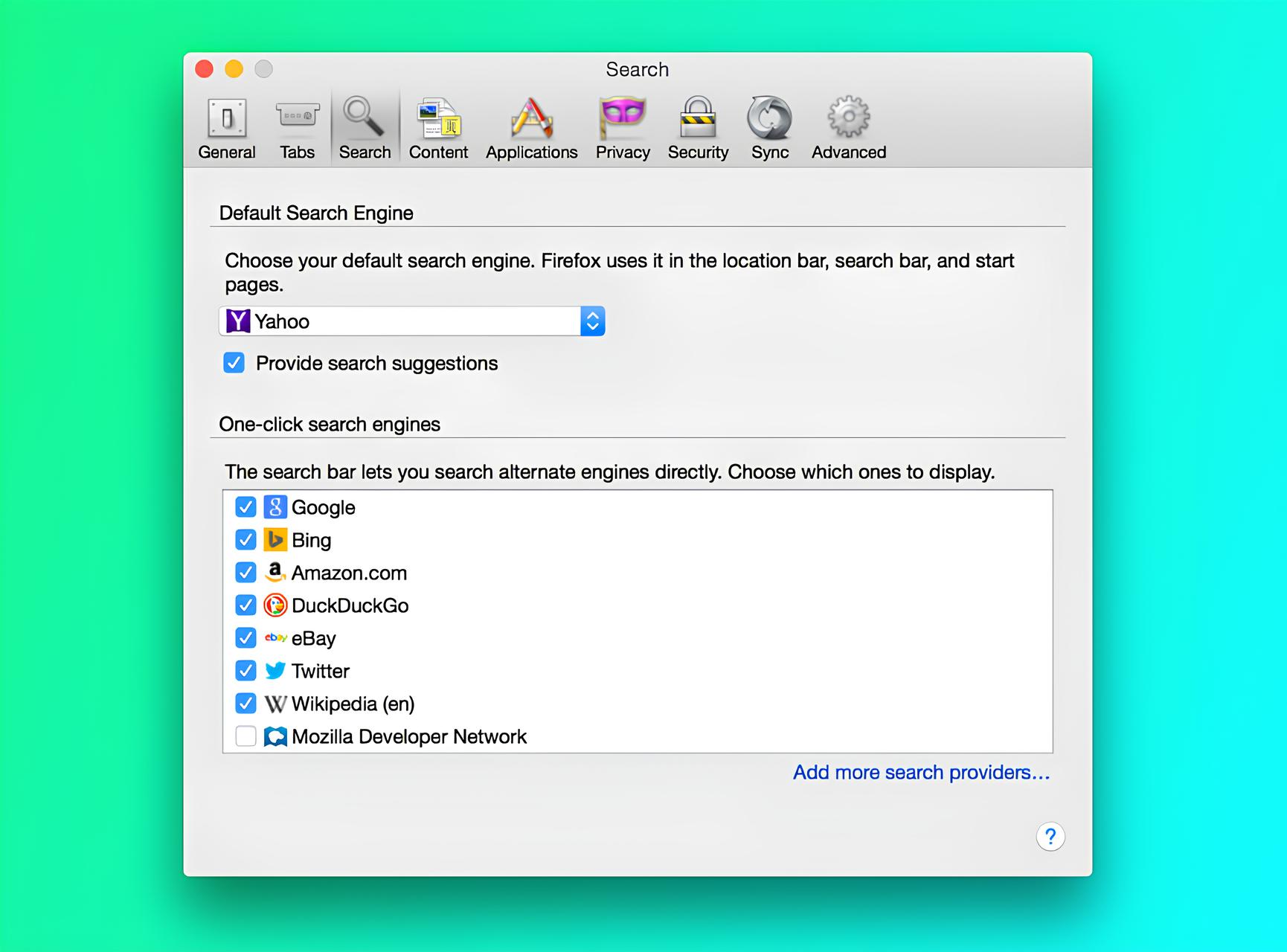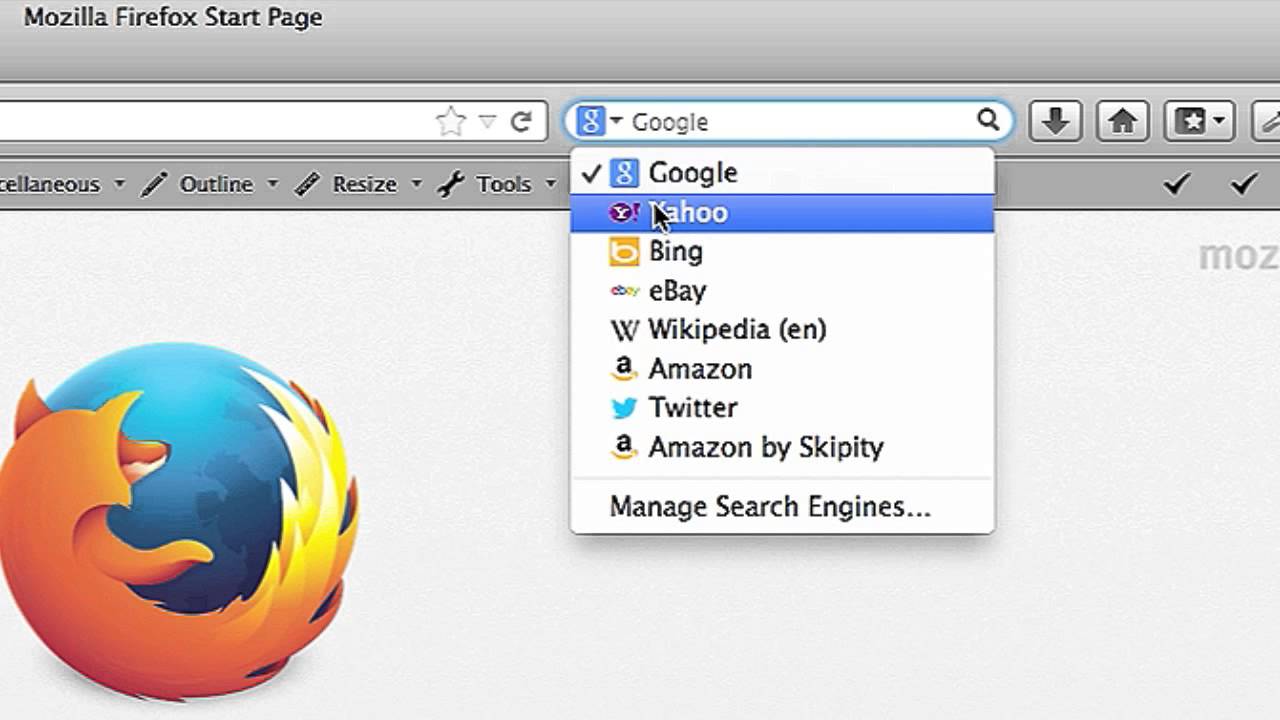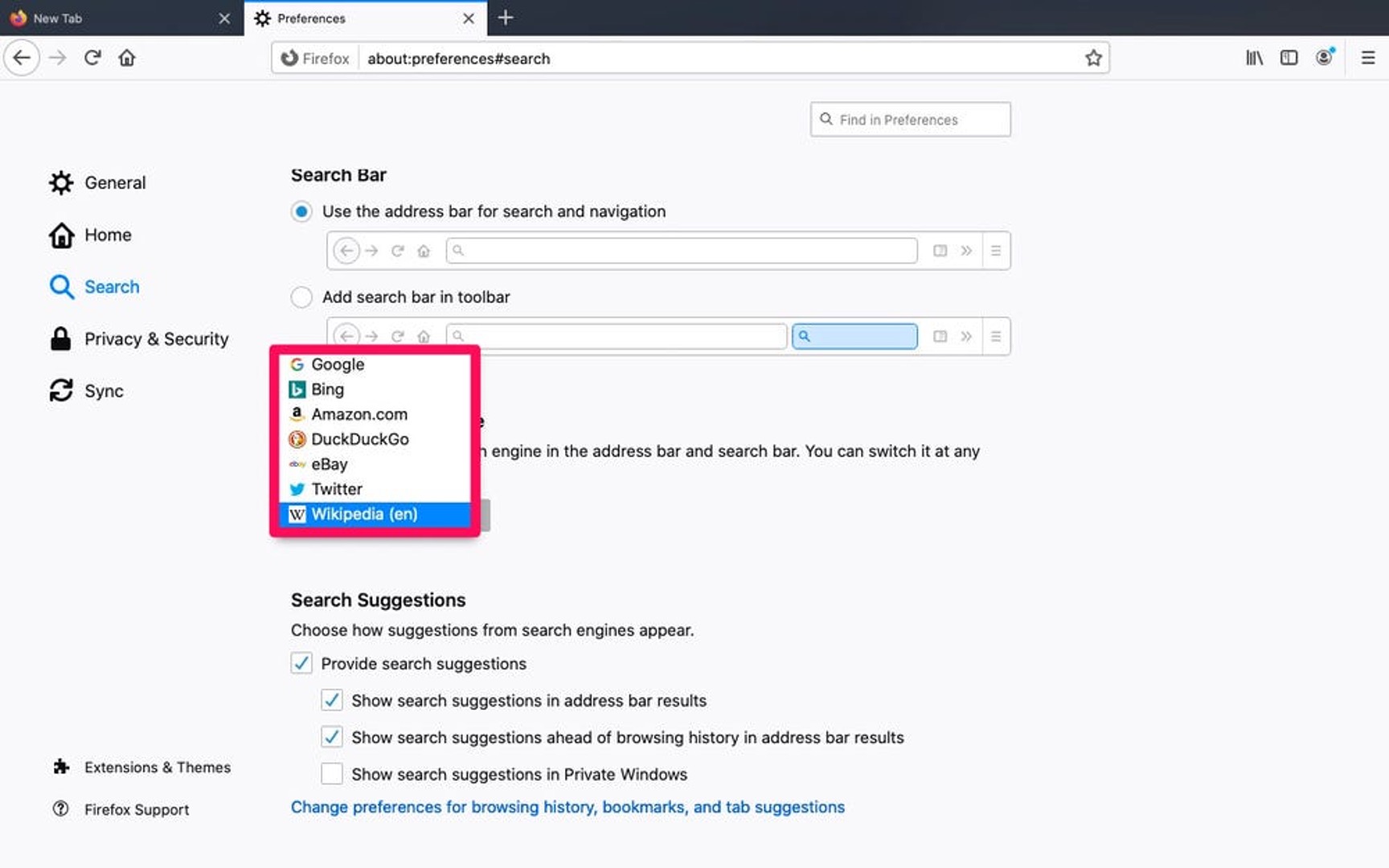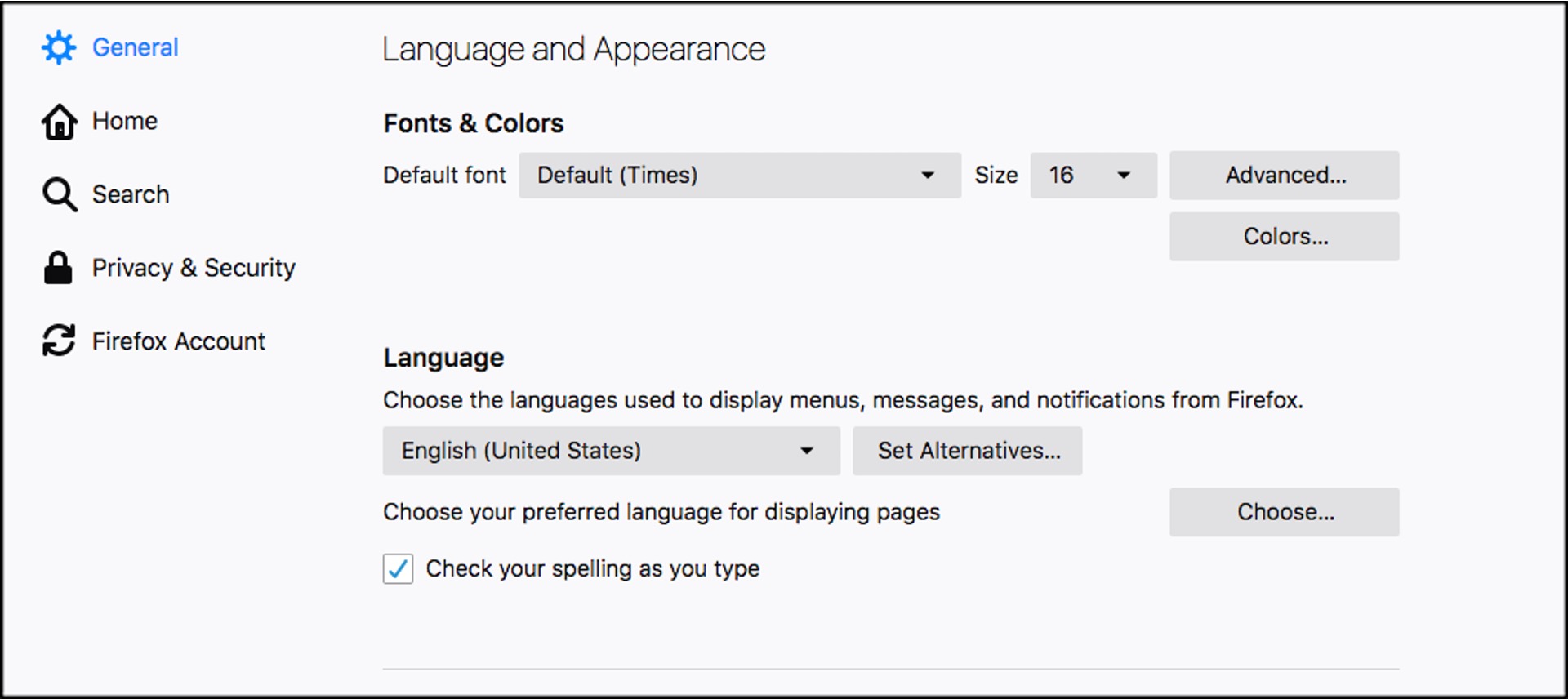Check your current default browser
Before making Firefox your default browser, it's important to confirm which browser is currently set as the default on your device. This ensures a smooth transition and helps you understand the necessary steps to make the switch. Here's how you can check your default browser on different operating systems:
Windows
-
Using Settings:
- Click on the Windows Start button and select "Settings" (the gear icon).
- In the Settings window, click on "Apps."
- Select "Default apps" from the left-hand menu.
- Scroll down to the "Web browser" section to view the currently set default browser.
-
Using Control Panel:
- Open the Control Panel by searching for it in the Windows search bar.
- Click on "Programs" and then select "Default Programs."
- Choose "Set your default programs" to see the default browser.
Mac
- Using System Preferences:
- Click on the Apple logo in the top-left corner and select "System Preferences."
- Choose "General" and look for the "Default web browser" option to see the current default browser.
Linux
- Using Settings:
- The process may vary slightly depending on the Linux distribution and desktop environment you are using. In general, you can check the default browser by navigating to the system settings or preferences and looking for the default applications or default browser section.
By following these steps, you can easily identify the default browser on your specific operating system. Once you have this information, you can proceed to set Firefox as your default browser with confidence.
Set Firefox as your default browser on Windows
Setting Firefox as your default browser on Windows is a straightforward process that allows you to seamlessly integrate Firefox into your daily web browsing activities. By making Firefox your default browser, you ensure that links from emails, documents, and other applications automatically open in Firefox, providing you with a consistent and personalized browsing experience. Here's a step-by-step guide to help you make Firefox your default browser on Windows:
-
Using Firefox Settings:
- Open Firefox and click on the three horizontal lines in the top-right corner to access the menu.
- Select "Options" from the dropdown menu. This will open the Firefox Options tab.
- In the left-hand menu, click on "General" to access general settings.
- Scroll down to the "Firefox Default Browser" section and click on the "Make Default" button. This action will prompt a confirmation dialog box.
- Click "Use Firefox as my default browser" to finalize the setting.
-
Using Windows Settings:
- Click on the Windows Start button and select "Settings" (the gear icon).
- In the Settings window, click on "Apps."
- Select "Default apps" from the left-hand menu.
- Scroll down to the "Web browser" section and click on the currently set default browser. A list of available browsers will appear.
- Choose "Firefox" from the list to set it as your default browser.
-
Using Control Panel:
- Open the Control Panel by searching for it in the Windows search bar.
- Click on "Programs" and then select "Default Programs."
- Choose "Set your default programs" to see a list of installed programs.
- Select "Firefox" from the list and click on "Set this program as default" to make it your default browser.
By following these steps, you can effectively set Firefox as your default browser on Windows, ensuring that it becomes your primary choice for accessing web content. Once Firefox is set as your default browser, you can enjoy its features, security enhancements, and personalized settings as you navigate the online world.
Set Firefox as your default browser on Mac
Setting Firefox as your default browser on a Mac is a simple yet essential step to tailor your browsing experience to your preferences. By making Firefox your default browser, you ensure that web links from various sources automatically open in Firefox, providing a seamless and personalized browsing environment. Here's a detailed guide to help you set Firefox as your default browser on your Mac:
Using System Preferences:
-
Click on the Apple logo in the top-left corner of your screen and select "System Preferences" from the dropdown menu. This action will open the System Preferences window, where you can customize various settings for your Mac.
-
Within the System Preferences window, locate and click on "General." This section allows you to adjust fundamental system-wide settings, including your default web browser.
-
Look for the "Default web browser" option, which displays the currently set default browser on your Mac. If Firefox is not currently set as the default browser, you will see a different browser listed here.
-
To change the default browser to Firefox, click on the dropdown menu next to "Default web browser." A list of available web browsers installed on your Mac will appear.
-
From the list of browsers, select "Firefox" to set it as your default web browser. Once selected, the System Preferences window will automatically update to reflect Firefox as the new default browser.
By following these steps, you can seamlessly integrate Firefox as your default browser on your Mac, ensuring that it becomes your primary choice for accessing web content. Once Firefox is set as your default browser, you can enjoy its user-friendly interface, customizable features, and enhanced security measures as you navigate the online landscape.
Making Firefox your default browser on a Mac empowers you to harness the full potential of Firefox's capabilities, including its robust privacy protections, extensive add-on library, and seamless synchronization across devices. Whether you're browsing the web for work, entertainment, or research, having Firefox as your default browser on your Mac ensures a consistent and tailored browsing experience that aligns with your preferences and needs.
Set Firefox as your default browser on Linux
Setting Firefox as your default browser on a Linux system is a pivotal step in customizing your web browsing experience to align with your preferences and workflow. By designating Firefox as the default browser, you ensure that web links from various sources automatically open in Firefox, providing a seamless and personalized browsing environment. Here's a comprehensive guide to help you seamlessly integrate Firefox as your default browser on Linux:
Using System Settings:
-
Begin by navigating to your system settings or preferences, which may vary based on the Linux distribution and desktop environment you are using. Common desktop environments include GNOME, KDE, Xfce, and more, each with its unique settings interface.
-
Once in the system settings, look for the section related to default applications or default browser settings. This section allows you to configure the default applications, including the web browser.
-
Within the default applications or browser settings, you should find an option to set the default web browser. If Firefox is not currently set as the default browser, you will see a different browser listed here.
-
To change the default browser to Firefox, select Firefox from the available options provided in the dropdown menu or settings interface. This action designates Firefox as your default web browser, ensuring that it is prioritized for handling web links and online content.
Using Terminal Commands:
For advanced users comfortable with the command line interface, Linux offers the flexibility to set the default browser using terminal commands. Here's an example using the xdg-settings command:
bash
xdg-settings set default-web-browser firefox.desktop
By executing this command, you can effectively set Firefox as your default web browser, streamlining your web browsing activities and ensuring a consistent experience across your Linux system.
By following these steps, you can seamlessly integrate Firefox as your default browser on your Linux system, empowering you to leverage Firefox's robust features, privacy enhancements, and extensive add-on ecosystem as you navigate the online landscape. Making Firefox your default browser on Linux ensures a tailored and consistent browsing experience that aligns with your preferences and workflow.
Troubleshooting common issues
When setting Firefox as your default browser, you may encounter common issues that can hinder a seamless transition. Understanding and addressing these issues is crucial to ensure that Firefox functions as your primary browser effectively. Here are some common problems and troubleshooting steps to resolve them:
-
Default browser settings not saving: If you experience issues with Firefox not retaining its default browser status, try restarting your computer after setting Firefox as the default browser. This simple step can often resolve the issue by allowing the changes to take effect.
-
Permissions and user account control: On Windows, user account control settings or restricted user permissions can sometimes prevent changes to default applications. To address this, ensure that you are logged in with administrative privileges when setting Firefox as your default browser.
-
Conflicting applications: In some cases, conflicting applications or third-party software may interfere with Firefox's default browser settings. Consider temporarily disabling or uninstalling any recently installed applications that may be causing conflicts.
-
Outdated browser version: Ensure that you are using the latest version of Firefox. Outdated browser versions may have compatibility issues with default browser settings. Updating Firefox to the latest version can resolve potential conflicts.
-
Resetting default browser settings: If Firefox encounters persistent issues with default browser settings, consider resetting the default applications for web browsing in your operating system settings. After resetting, attempt to set Firefox as the default browser again.
-
Browser hijacking: In rare cases, malicious software or browser hijackers may attempt to override default browser settings. Perform a thorough scan of your system using reputable antivirus or antimalware software to detect and remove any potential threats.
-
System updates: After major system updates or upgrades, default browser settings may revert to the previous configuration. Check your default browser settings after system updates and reconfigure Firefox as the default browser if necessary.
By addressing these common issues and following the troubleshooting steps outlined above, you can effectively resolve potential obstacles when setting Firefox as your default browser. These proactive measures ensure a smooth and uninterrupted transition, allowing you to fully enjoy the enhanced features and personalized browsing experience that Firefox offers as your default browser.







